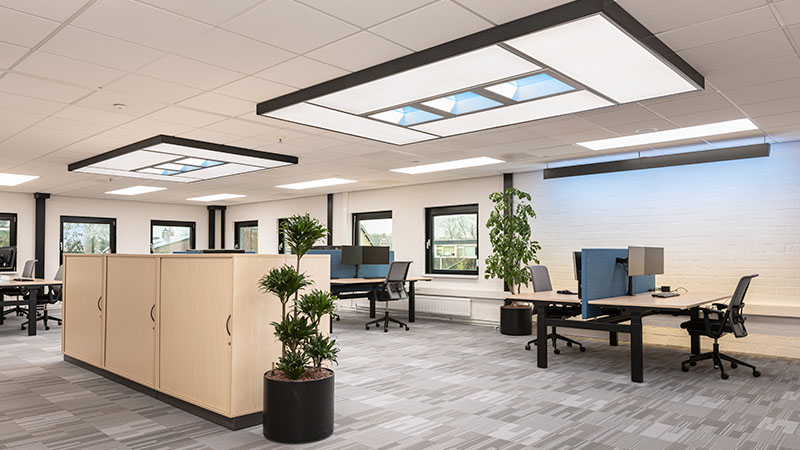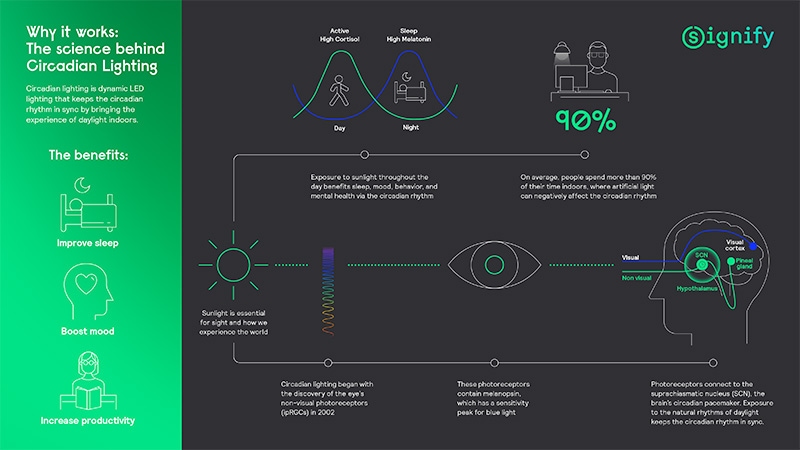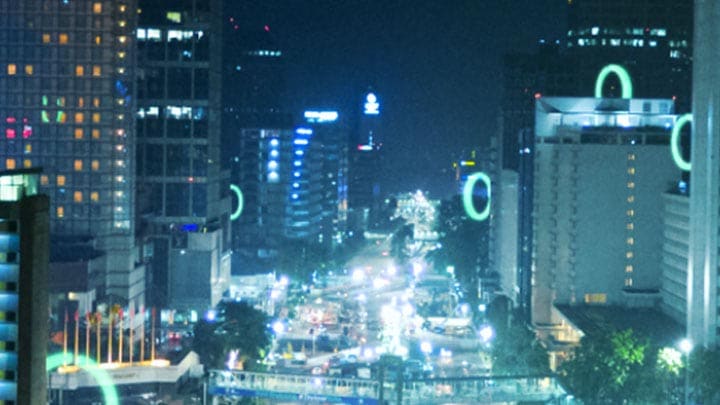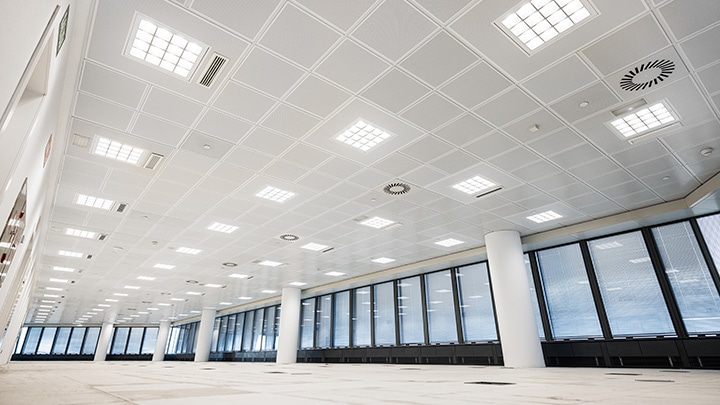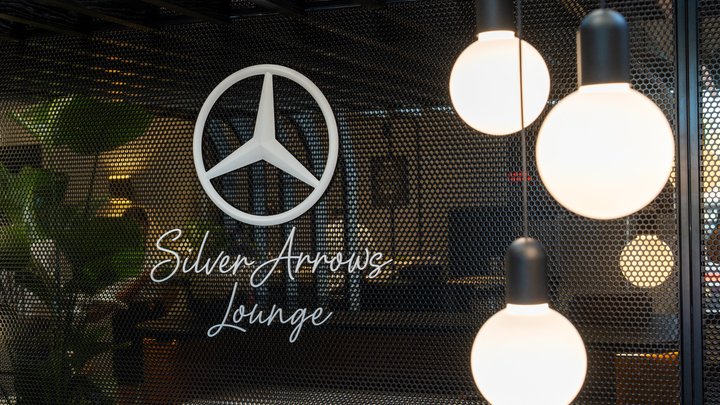In the post-pandemic era, as workers gradually returned to the office, fundamental questions arose about what an office is for, what it should provide, and how it should compete with the ease of working from home. The experience turned out to be a wake-up call to design workspaces centered around the people in them. Employees should feel energized and engaged and arrive each morning into an environment where they can thrive.
Circadian lighting has a key role in people-centric design, with the potential to support physical and mental wellbeing and boost morale and energy. Research shows it could even result in a productivity gain of 12%. And for organizations eager to boost rental income and occupancy rates, installing connected lighting and dimming controls – the components of circadian lighting – can provide an important business boost. Companies such as BNP Paribas, Skansa and Hardeman are among those who have already adopted this new office lighting to great employee feedback. Hardeman, for example, installed a corridor full of Skylights, reconnecting employees and visitors to the outside even when in the middle of the building.
Indoor spaces such as schools and healthcare facilities also benefit from a range of light recipes that cater to the demands of each. At the Hollandse School in Singapore, for example, teachers reported a positive change in pupil behavior linked to different lighting modes that stimulate concentration or relaxation, depending on the task at hand. And, staff at the Meander Medical Clinic in the Netherlands have reported feeling more energised thanks to the feeling of daylight while working, contributing to an overall sense of wellbeing.
